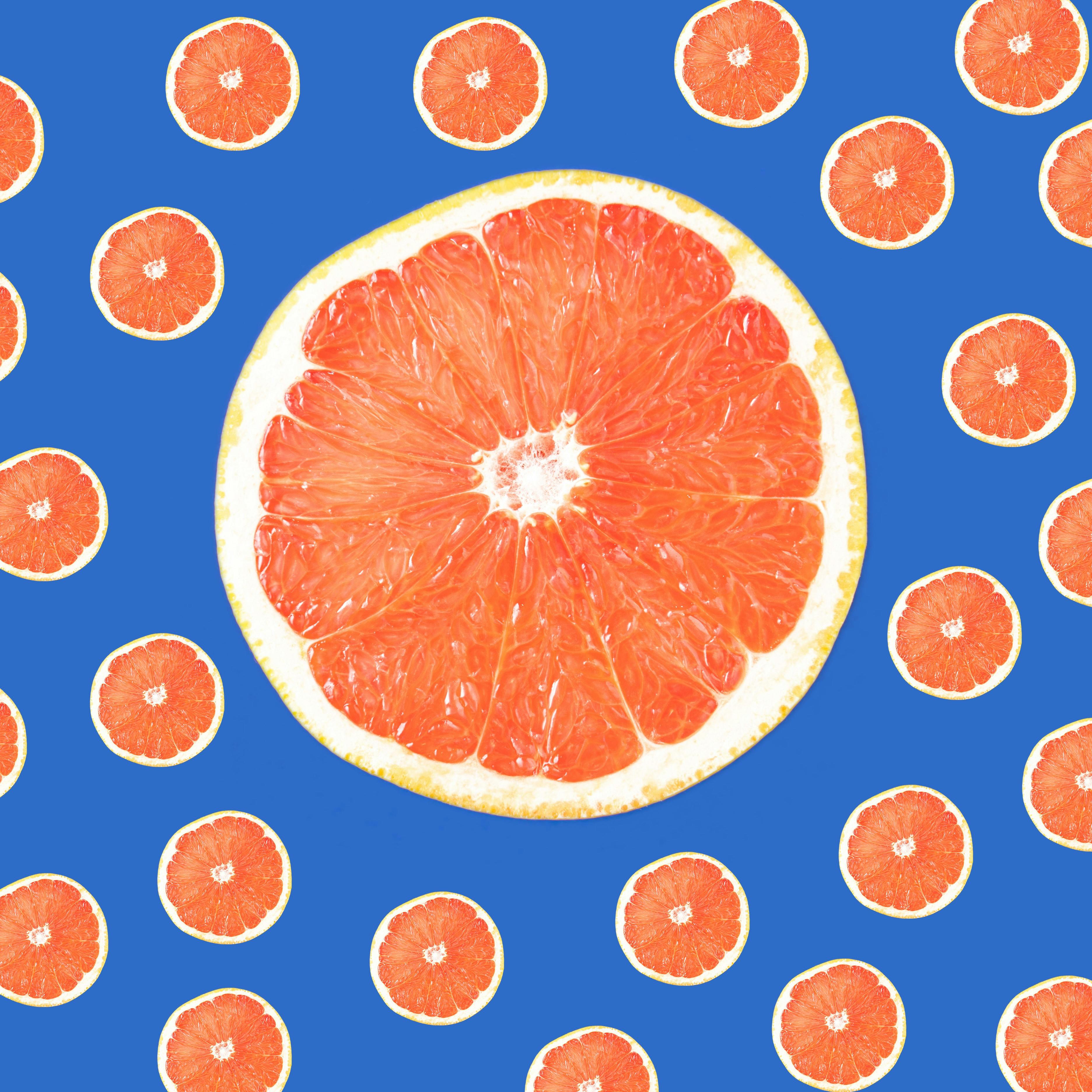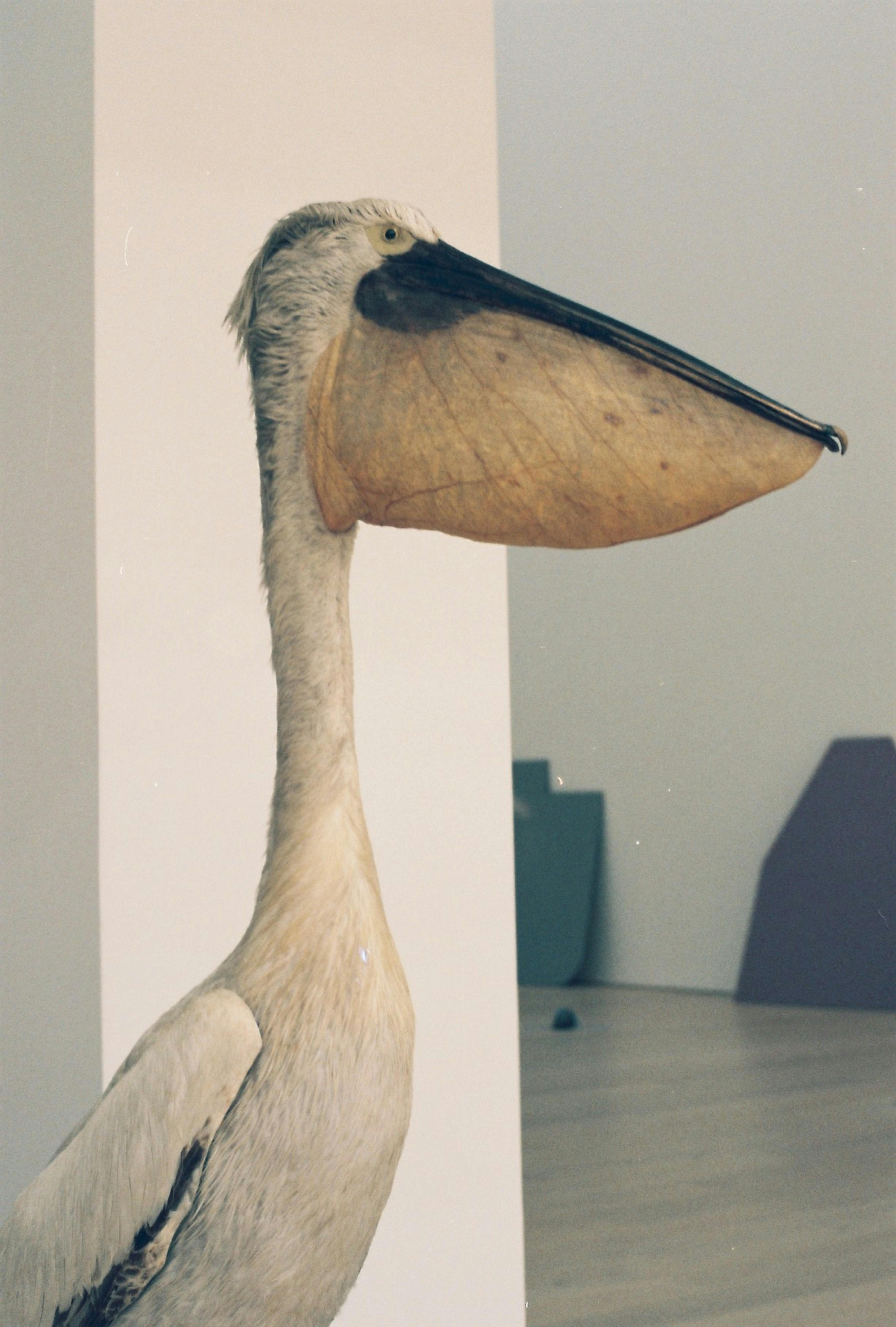Let me take you on a fascinating journey through the heart of my latest endeavor, “Exploring Unique Materials For Collecting Collage Art: An In-depth Research Exploration.” Through this, I’ve uncovered the most unconventional and captivating materials you can imagine for collecting collage art. From the shimmering allure of vintage magazine clippings to the rustic charm of ancient maps and everything in between, my exploration dives deep into how these materials not only enhance the aesthetic appeal of collages but also add layers of story and depth, making each piece a unique treasure trove of artistic expression. Join me as I share insights and discoveries that could transform your approach to collage art collection.

Understanding Collage Art
The History of Collage Art
Collage art holds a special place in my heart, and its history is as fascinating as it is diverse. Originating from the French word “coller,” meaning to glue, collage art has evolved from its early 20th-century beginnings into a dynamic art form. Historically, it played a pivotal role in the Dada movement, serving as a medium for expression and rebellion against traditional art forms. Artists like Pablo Picasso and Georges Braque are often credited with pioneering the collage technique, merging paper, photographs, and bits of fabric to challenge the conventional boundaries of art. Through the years, collage has evolved, but its essence remains the same – it’s about assembling different elements to create something entirely new and thought-provoking.
Styles and Themes in Collage Art
When I dive into the world of collage art, I’m always struck by its incredible diversity in styles and themes. Some artists focus on abstract compositions, using shapes and colors to evoke emotions, while others create narrative pieces that tell stories or comment on societal issues. There’s also a fascinating trend of using collage for surreal landscapes, where the mundane and the fantastical collide in captivating imagery. The versatility of collage allows artists to explore themes of identity, memory, and even political commentary, making it a profoundly personal and socially relevant art form.
Prominent Collage Artists
Speaking of collage, it’s impossible not to mention some of the artists who’ve made significant contributions to this art form. Beyond Picasso and Braque, there’s Hannah Höch, whose work in photomontage critiqued societal norms and the depiction of women in media. Romare Bearden is another name that comes to mind; his collages depicted African American life, blending realist imagery with abstract elements. In contemporary times, artists like Mark Bradford and Wangechi Mutu have pushed the boundaries of collage, incorporating materials like billboard paper and medical diagrams to explore themes of cultural identity and feminism.
Defining Collage Materials
Common Traditional Materials
In my own collage endeavors, I’ve learned that traditional materials still form the backbone of most projects. Paper, from magazines, books, and newspapers, offers endless possibilities in terms of imagery and texture. Photographs add a personal or historical dimension, while fabric pieces can introduce depth and tactile variation. These materials, readily available and versatile, allow for a broad exploration of both visual and thematic elements in collage art.
Exploring Unconventional Materials
Of course, the real excitement in collage art comes from experimenting with unconventional materials. Imagine integrating objects like metal pieces, electronic parts, or natural elements like leaves and stones. Each material brings its own unique qualities and challenges, pushing the boundaries of traditional collage. It’s this exploration that truly fascinates me, as it requires a blend of creativity and innovation to see how far the limits of collage can be stretched.
Aesthetic Considerations with Different Materials
The choice of materials in collage art isn’t just about what’s at hand; it’s deeply connected to the aesthetic journey. Each material carries its own weight, texture, and color, influencing the overall feel and message of the piece. For instance, glossy magazine cutouts can create a stark contrast with the rustic feel of aged paper or the organic texture of wood. It’s this delicate balance and interplay that make collage such a compelling art form – it’s a visual and tactile feast that challenges both the artist and the viewer.

Paper-based Collage Materials
Different Types of Paper
Paper is the cornerstone of collage art, and the variety is simply astounding. From the sheer, delicate nature of tissue paper to the robustness of cardboard, each type brings something unique to the table. Watercolor paper, with its texture and absorbency, offers a fantastic base for mixed-media collages, while old book pages can add a vintage or literary feel. Understanding the properties of different papers is crucial, as it can significantly affect the work’s final appearance and durability.
Considerations when choosing Paper Materials
Choosing the right paper for a collage project is no small feat. It involves considering the paper’s thickness, texture, and how it reacts to glue and other materials. Will it buckle under the weight of heavier elements? Can it hold up to painting or inking? These are the kinds of questions that guide my selections. Another critical aspect is the paper’s color and pattern – it needs to complement the overall design and enhance the thematic intentions of the collage.
Working with Paper in Collage Art
Working with paper in collage art is both challenging and rewarding. Techniques like tearing, layering, and folding can create depth and intrigue, while cutting precise shapes allows for intricate detail. I’ve found that the key is to let creativity lead, experimenting with arrangements and combinations until the piece feels cohesive. It’s also essential to consider the adhesive; some papers may require specific glues to prevent warping or discoloration.
Fabric-based Collage Materials
Types of Fabric Materials
Fabric adds a rich, tactile dimension to collage art. From silky ribbons and lace to rough burlap and denim, the options are virtually endless. Each fabric carries its own texture and drape, affecting how it can be used within a collage. Silks and lighter fabrics might be perfect for layering or creating fluid shapes, while heavier textiles can provide structure and depth. Exploring different types of fabric materials opens up new avenues for artistic expression, blending the visual with the physical.
Working with Textiles in Collages
Incorporating textiles into collages requires a certain finesse. Fabrics need to be cut, shaped, and sometimes even sewn or woven together before being added to the collage base. The process can be intricate, demanding careful consideration of how each piece interacts with the others. Adhesives play a crucial role here; some fabrics may need stronger bonds or specific types of glue to stay in place without damaging the material. Yet, despite these challenges, the dynamic textures and colors that fabrics bring to collage art are undoubtedly worth the effort.
Benefits and Drawbacks of Fabric Collages
Fabric collages stand out for their depth and tactile appeal. They invite the viewer not just to look but to imagine the feel of the materials. However, working with fabric isn’t without its drawbacks. Fabrics can be difficult to adhere to other materials, and their edges may fray or unravel over time. Additionally, fabric collages can be more challenging to preserve and display, requiring special considerations to keep them looking their best. Despite these challenges, the unique qualities that fabrics bring to collage art make them an endlessly fascinating medium to work with.

Nature-based Collage Materials
Incorporating Natural Elements
Nature-based materials bring an organic, earthy element to collage art that I find incredibly grounding. Leaves, twigs, feathers, and even sand can be used to create stunning natural collages. These materials connect the artwork to the natural world, offering a tactile and visual experience that synthetic materials can’t replicate. However, working with nature-based materials also requires a mindful approach, considering aspects like preservation, legality, and environmental impact.
Preservation and Treatment of Natural Materials
Preserving natural materials for collage use is a delicate process. It often involves drying, pressing, or treating the materials to maintain their color and prevent decay. Leaves, for instance, might be pressed and sealed, while wood pieces could be sanded or varnished. This preparation ensures that the natural elements can be enjoyed in the collage for years to come. It’s a testament to the artist’s commitment to blending art with the natural world harmoniously.
Environmental Considerations
Using natural materials in collage art comes with a responsibility to the environment. It’s crucial to source materials ethically, avoiding protected or endangered flora and fauna. Additionally, considering the sustainability of the materials is essential – it’s about creating art in a way that respects and honors the natural world. These considerations not only affect the choice of materials but also reflect the artist’s values and message through their work.
Digital and Photographic Collage Materials
Exploring Digital Collage
Digital collage art fascinates me with its endless possibilities. By combining photographs, textures, and digital elements, artists can create compositions that transcend the limitations of physical materials. Tools like Photoshop allow for precise manipulation, blending, and layering of elements in ways that would be challenging or impossible with traditional techniques. Digital collages can be highly detailed and complex, offering a vast canvas for creativity and experimentation.
Using Photographs in Collage Art
Photographs hold a special place in collage art, serving as windows to different times, places, and emotions. Whether they’re personal snapshots or found images, photographs add depth and narrative to collages. In my work, I love the challenge of integrating photographs in a way that respects their original context while reinterpreting them within the collage. It’s about creating a dialogue between the image and the other elements, building layers of meaning and connection.
Techniques for Digital and Photographic Collages
Mastering digital and photographic collage techniques takes time and experimentation. Key skills include understanding composition, color theory, and the technical aspects of digital editing software. Techniques like layer masks, blending modes, and filters can dramatically alter the appearance of the elements, allowing for seamless integration or stark contrast, depending on the desired effect. Practice and patience are essential, as is a willingness to explore and push the boundaries of what digital collage can be.

Metal-based Collage Materials
Different Types of Metals in Collage Art
Metal in collage art introduces an industrial, tactile element that’s incredibly compelling. From thin, malleable sheets of copper or aluminum to heavier objects like gears or wire, metal can dramatically alter a collage’s texture and aesthetic. Working with metal allows for exploring contrasts – the cold, hard nature of metal juxtaposed against softer materials creates a fascinating dynamic.
Working with Metal in a Collage
Incorporating metal into collages requires consideration of its weight, texture, and how it interacts with other materials. Cutting, shaping, and attaching metal pieces can be challenging but also rewarding. For thin sheets, metal snips might suffice, while heavier pieces could require more robust tools. Adhesion is another critical factor; depending on the weight and type of metal, I might use strong glues, soldering, or even mechanical fasteners to ensure the metal components remain securely in place.
Safety and Attractiveness of Metal Collages
Working with metal brings its own set of safety considerations. Sharp edges and heavy materials mean that careful handling and appropriate protective gear are essential. Despite these challenges, the unique aesthetics of metal – its sheen, texture, and patina – make it an irresistible choice for many collage artists. A metal collage can stand out for its boldness and innovation, blending the traditional with the industrial in exciting ways.
Glass and Ceramic Collage Materials
Incorporating Glass and Ceramics
Glass and ceramic pieces add a unique, reflective quality to collage art that I find fascinating. Whether it’s the translucence of glass or the glossy finish of ceramics, these materials can create eye-catching visual effects. They can be found in various forms, from shards and tiles to beads and figurines, offering a wide range of creative possibilities. However, like metal, working with glass and ceramics requires careful handling and preparation.
Working Safely with Glass and Ceramic Materials
Safety is paramount when incorporating glass and ceramic materials into collages. Sharp edges and the potential for breakage mean that protective gloves and eyewear are essential. Cutting and shaping these materials often require specific tools, like glass cutters or tile nippers. Adhesion is another crucial consideration; selecting the right glue or mortar is key to ensuring the glass or ceramic pieces remain securely attached without compromising their integrity or appearance.
Advantages of Glass and Ceramic Collages
Despite the challenges, the advantages of using glass and ceramic in collages are undeniable. These materials can introduce light, depth, and color in unique ways, interacting with the viewer and the environment. A collage incorporating glass might change appearance based on the light, while ceramic pieces can add a three-dimensional quality that enhances the overall composition. It’s this interplay of material, light, and texture that makes glass and ceramic collages so appealing.
Collage Adhesive Materials
Understanding Different Adhesives
Selecting the right adhesive is critical in collage art, as it can significantly impact the longevity and appearance of the work. There’s a vast array of glues and adhesives available, each with its own set of properties suited to different materials. For paper and fabric, PVA glue or mod podge might suffice, offering a clear, flexible bond. Heavier or more unconventional materials, like metal or glass, may require epoxy resins or specialized adhesives to ensure a secure and lasting attachment.
Choosing the Right Adhesive for Different Elements
Choosing the right adhesive is a process of understanding the materials involved and the desired outcome. Considerations include the weight of the materials, their surface qualities, and how they will interact over time. Some adhesives may discolor certain materials or become brittle, affecting the work’s durability. Testing on small samples can be invaluable, helping to avoid unexpected issues and ensuring the adhesive is compatible with the collage’s components.
Tips for Using Adhesives in Collage Art
Using adhesives effectively in collage art takes practice and patience. One tip that’s served me well is to apply adhesives evenly and sparingly – too much glue can cause warping or seepage, detracting from the finished piece. It’s also important to allow adequate drying time, especially for heavier elements or multi-layered collages. Keeping a clean workspace and having a variety of applicators on hand, from brushes to precision tips, can help manage different adhesives and materials, ensuring the best possible outcome for your collage artwork.
Preserving and Displaying Collage Art
Best Practices for Preserving Collage Art
Preserving collage art is crucial for ensuring its longevity and appearance over time. Environmental factors like light, humidity, and temperature can significantly impact various materials. Using archival-quality materials where possible, and applying protective coatings or sealants, can help safeguard the artwork. For particularly delicate or valuable collages, professional framing with UV-protective glass can provide an additional layer of protection, mitigating the effects of exposure to light and environmental pollutants.
Displaying Collage Art: Frames and Mounts
Choosing the right frame and mount for collage art is not just about protection; it’s also about presentation. The frame should complement the artwork without overpowering it, enhancing its visual impact. Matting can provide a buffer between the art and the glass, preventing contact that could cause damage. For three-dimensional or mixed-media collages, shadow box frames or open-front displays can accommodate the depth and texture, allowing the pieces to be appreciated in their full glory.
Handling and Cleaning Collage Artworks
Handling and cleaning collage artworks require a gentle touch and careful consideration. It’s best to handle artwork with clean, dry hands or, better yet, with gloves to prevent oils or residues from transferring to the surface. Cleaning should be minimal and gentle – dusting with a soft, dry brush or microfiber cloth can remove surface dust without harming the materials. For more complex cleaning needs, consulting a professional conservator familiar with mixed-media art is advisable to avoid unintentional damage.
Collage art, with its diverse materials and techniques, offers endless possibilities for creative expression. Whether working with traditional paper, fabric, metal, or embracing digital collages, the key is to experiment, push boundaries, and find unique ways to bring your vision to life. Careful selection of materials, adhesives, and preservation techniques ensures that the artwork can be enjoyed for years to come. In my journey through the world of collage, I’ve found it to be an incredibly rewarding form of artistic expression, offering a boundless canvas for exploring ideas, emotions, and narratives.



